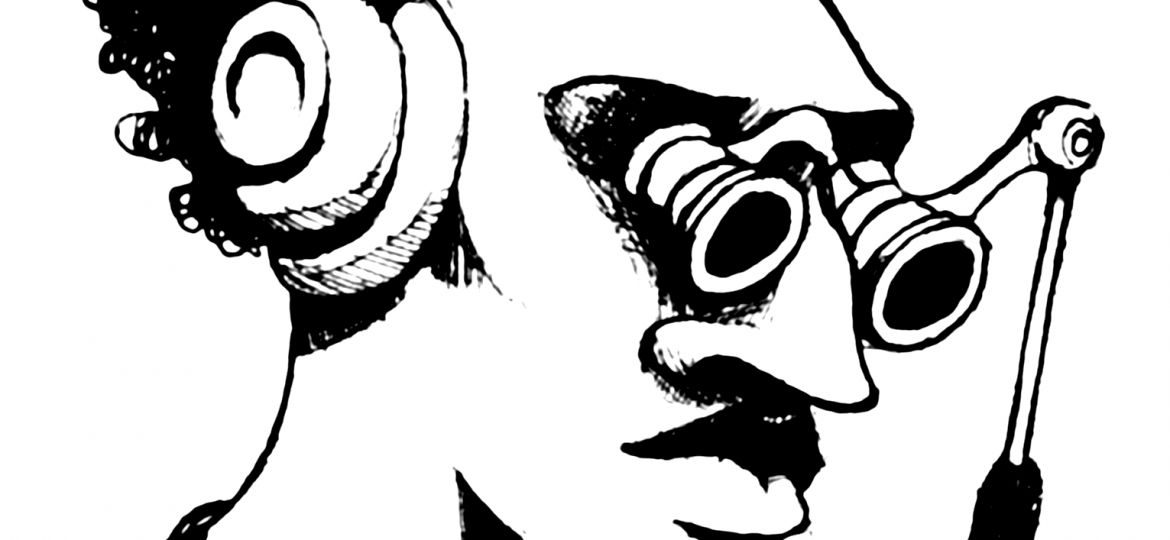
The 2010s, like every decade since the inception of the Motion Picture at the turn of the 20th century, have seen legions of new directorial talent burst onto the American film scene. From the warm familial wonder of Greta Gerwig (“Lady Bird,” “Little Women”) to the paralyzing familial terror of Ari Aster (“Hereditary,” “Midsommar”) – and let’s not forget Damien Chazelle’s classic-Hollywood musicality (“Whiplash,” “La La Land”) or Barry Jenkins’ social grace (“Moonlight,” “If Beale Street Could Talk”) – it is clear that the U.S. has had no shortage of fresh cinematic firepower in years recent. However, perhaps no new filmic voices have proved as exciting as New York powerhouse duo Josh and Benny Safdie.
The Safdie brothers – certainly the most promising pair of siblings in the U.S. film scene since the Coens (or at least the Wachowskis) – are known for their unique aesthetic and their rags-to-riches backstory. After Josh pulled Benny into film school in the 2000s, the two began grinding their way up the indie film ladder, making short films on a minuscule budget and slumming it up with none other than revolutionary YouTube vlogger Casey Neistat (who, like the brothers, had yet to reach success at the time). Eventually, the pair’s first feature-length film “Daddy Longlegs” was released in 2009, opening the door to the Safdies’ subsequent cinematic projects and eventual success.
The cinematic aesthetic of the Safdie brothers is rooted in a number of filmic inspirations; thankfully, the Safdies wear their inspirations on their sleeves. They combine the feverish intensity of the seediest Scorsese with an Altmanesque overlapping sound-design and the performance-based hyperreality of John Cassavetes. The result? A hallucinatory whirlwind of chaos and anxiety, centered around some of modern cinema’s most riveting character-studies. This aesthetic is especially acute in the Safdies’ past two films, the game-changing thrillers “Good Time” and “Uncut Gems.”
Robert Pattinson, star of 2017’s “Good Time,” can be thanked for birthing the project into existence: Pattinson contacted the Safdie brothers basically on a whim (after seeing a still of one of their upcoming films on an indie film website), and eventually the Safdies wrote the Good Time script with Pattinson in mind as the lead. The film follows Connie (played by Pattinson), a New York street hustler who ropes his disabled brother (played, amazingly, by Benny Safdie) into an ill-fated bank robbery. The dramatic meat of the story comes from Connie’s increasingly desperate attempts to break his brother out of jail, becoming further enveloped in New York’s criminal underbelly as he does so. The film plays out like a night from hell, an acidic nightmare that only grows worse as it continues; fans of Scorsese’s “After Hours” will eat this one up.
2019’s “Uncut Gems,” however, is what really put the Safdies on the map. The film was a passion-project for the brothers, who worked on the film for a full decade before finally getting it made. Every bit as gritty as “Good Time,” “Gems” follows New York diamond-district hustler Howard Ratner as his gambling addiction spirals out of control. The kicker: Ratner is played by none other than Adam Sandler. The casting garnered a lot of attention, with general audiences surprised to see the comedy-based Adam Sandler in a serious dramatic role; however, Sandler has proven himself as a capable dramatic actor in the past with films such as “Punch-Drunk Love” and “The Meyerowitz Stories.” Gems, however, might just be his greatest performance. Sandler brings an authentic charismatic energy to the role, helping audiences empathize with a decidedly scummy character. The film became a surprise hit, earning over $50 million at the box office, becoming one of distributor A24’s most profitable films.
We can expect more projects coming from the Safdie brothers, with the pair being attached to a re-imagining of 80s buddy-cop movie “48 Hrs.” as well as a Nathan Fielder-led TV pilot. In any case, the future for this filmmaking duo is as bright and vast as a black opal.

